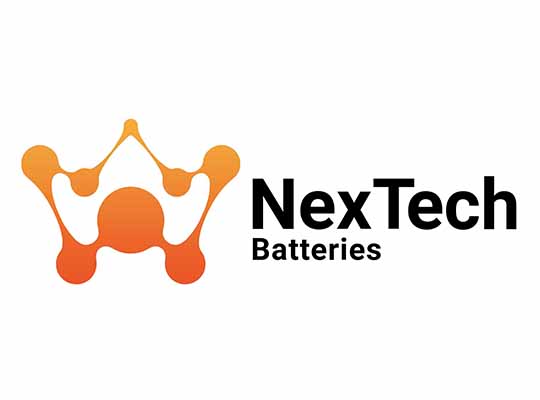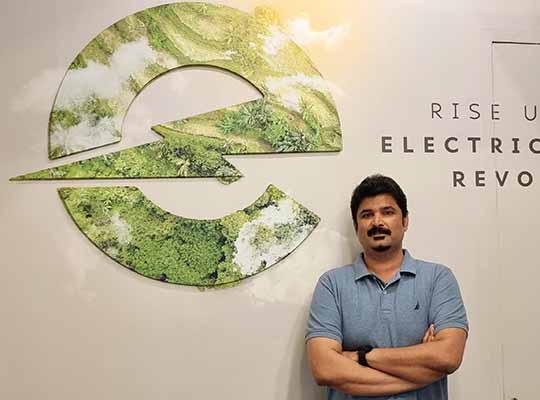CARSON CITY : NexTech Batteries, the global leader in proprietary lithium-sulfur (LiS) battery technology, received UN/DOT 38.3.5 safety certification for its patented semi-solid-state lithium-sulfur 5.4 amp hour cell – exceeding test standards required for air transportation and other modes of transit.
“The UN/DOT safety certification is yet another confirmation that our patented lithium-sulfur technology and cells are signaling a new era in battery technology that completely solves the safety challenges posed by current lithium-ion batteries. We’re not only meeting safety benchmarks, but far exceed them with new semi-solid-state science – with no thermal runway and no combustible materials. This new level of safety, combined with unprecedented energy density and far more sustainable materials, is topped off with a focus on more of a domestic supply chain and no more reliance on expensive foreign metals. We’re thrilled to be moving full speed ahead in revolutionizing multiple industries across the globe.” – Bill Burger, CEO of NexTech Batteries
Before any lithium battery can be transported, it must pass specialized safety tests that simulate real-world transportation conditions like low pressure, impact, temperature, shock and more. UN/DOT 38.3.5 details environmental, mechanical and electrical requirements for all lithium cells and batteries. The UN/DOT 38.3.5 standard is required for transporting lithium batteries in the U.S. and is the international standard for air and sea transit across international waters and boundaries. With this certification, NexTech demonstrates compliance in the design and manufacture of its groundbreaking Lithium-Sulfur battery cells – which are being actively tested by major global automotive manufacturers, state energy commissions in the U.S. and consumer technology companies.
NexTech’s first-to-market semi-solid-state lithium-sulfur chemistry brings real solutions to the immense demands of the world economy for reliable, powerful, safe and sustainable battery technology. Having introduced a lithium-sulfur cell approved under the UN 38.3.5 safety standard, the first of its battery cells to earn the certification, NexTech is ramping up activity with domestic and international partners and rapidly preparing additional cell capacities for UN/DOT testing. The company is accelerating the crucial battery evolution demanded by the next generation of consumer electronics and e-mobility.
NexTech Lithium-Sulfur Cells: Flying Through UN 38.3.5 Safety Tests
- T1 Altitude – simulates how the cell behaves during air transport under low pressure conditions whereby the cell could swell in size or burst.
- T2 Thermal – validates the cell’s perimeter vacuum seal and internal electrical connections to remain intact during rapid and extreme temperature changes.
- T3 Vibration – that simulates a series of vibration effects that may be apparent during transportation.
- T4 Shock – validates the robustness of the cells against shock and extreme acceleration and deceleration that can be transportation or application related.
- T5 External Short Circuit – simulates an external short of the terminals without going into thermal runaway or exceeding 170C and avoiding rupture.
- T6 Crush/Impact – simulates any mechanical abuse from an impact or crushing event that may result in thermal runaway or the cell bursting.
- T8 Forced Discharge – evaluates the ability of a primary or rechargeable cell to withstand a forced discharge condition and not result in thermal runaway.
For more information on NexTech battery science, or to schedule an interview with senior executives for more insight, contact NexTech@goDRIVEN360.com.













